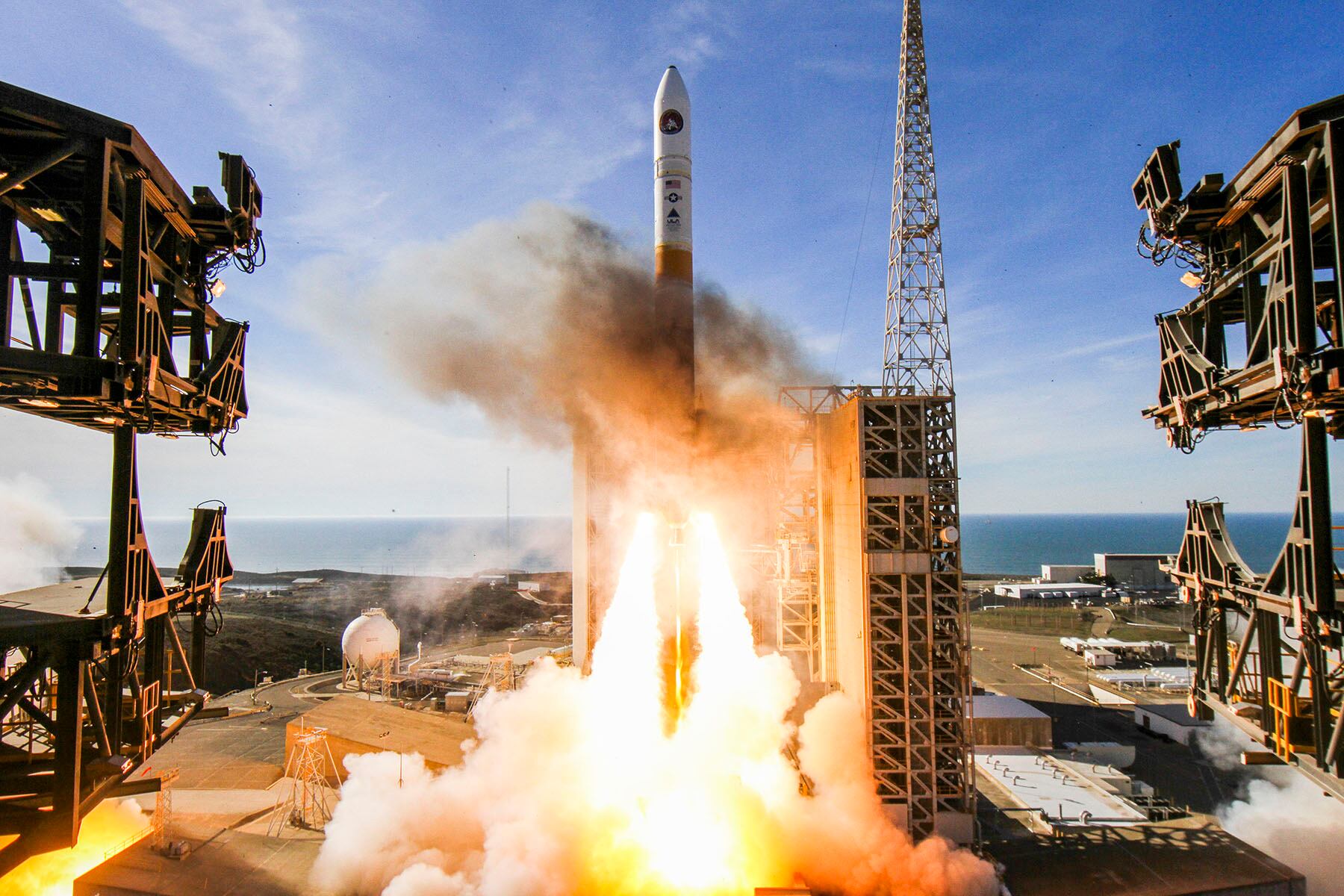WASHINGTON — The Pentagon has formally stood up the Space Development Agency, and named its new director, according to a memo obtained by Defense News.
The memo, signed out by acting Defense Secretary Patrick Shanahan March 12, immediately stood up the SDA as a new office under the direction of Under Secretary of Defense for Research and Engineering Mike Griffin.
The office will be directed by Fred Kennedy, the current director of the Tactical Technology Office, which falls under the purview of the Defense Advanced Research Projects Agency.
Per his bio, Kennedy, a retired Air Force colonel, served as senior policy adviser for national security space and aviation in the National Security and International Affairs division of the White House Office of Science and Technology Policy during the Obama administration.
RELATED

“The SDA will define and monitor the Department’s future threat-driven space architecture and will accelerate the development and fielding of new military space capabilities necessary to ensure out technological and military advantage in space for national defense,” Shanahan wrote in the memo. “The SDA will unify and integrate efforts across the Department to define, develop and field the novel and innovative solutions necessary to outpace advancing threats.”
Per the document, the SDA will be responsible for guiding programmatic policy developments for next-generation military space capabilities that reside within the Defense Department. In essence, it will serve as the unifying office for the department on space acquisition.
The director will have special hiring authorities for civilian employees to bring in highly qualified experts and noncompetitive short-term hires for up to 18 months.
Shanahan and Griffin have previously talked about the SDA as the core of what the Pentagon will do in the space domain. In October, Shanahan described it as “where all the players go” if they want to do something with space assets, later telling Defense News that he needs someone in that job focused on how to architect common standards across the department.
“This is that integrated environment that we have to protect, and the best way to be able to provision for the future is to develop a foundation that’s rooted in a very well-defined architecture and standards,” said Shanahan, then the deputy secretary of defense. “And the standards aren’t just simply for interfaces, these are design standards, you’re manufacturing standards, these are test standards — so it’s a suite of those things.”
RELATED

However, the idea has been criticized by outgoing Air Force Secretary Heather Wilson, who in February said there should be public conversations on whether the organization was necessary.
"I think there’s still concern — I know I have some concerns — about what is the mission of this entity, why do we think it would be better than what we currently do and what exactly will it be focused on conceptually,” Wilson said last month at the Air Force Association’s Air Warfare Symposium.
While the SDA is independent for now, the plan is to transfer it to a stand-alone Space Force, something Shanahan said remains the long-term plan, writing: “Coordination of requirements and transition decisions will occur through the normal processes once SDA transfers to the U.S. Space Force. Until that time, the Department will evaluate additional consolidation of space development organization and management.”
Aaron Mehta was deputy editor and senior Pentagon correspondent for Defense News, covering policy, strategy and acquisition at the highest levels of the Defense Department and its international partners.
Valerie Insinna is Defense News' air warfare reporter. She previously worked the Navy/congressional beats for Defense Daily, which followed almost three years as a staff writer for National Defense Magazine. Prior to that, she worked as an editorial assistant for the Tokyo Shimbun’s Washington bureau.








